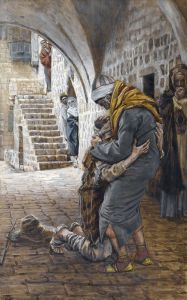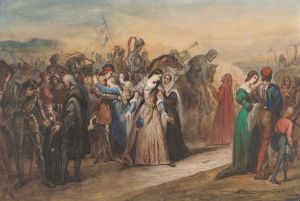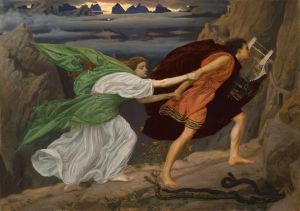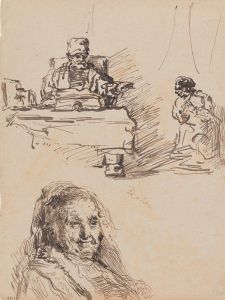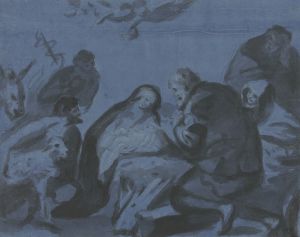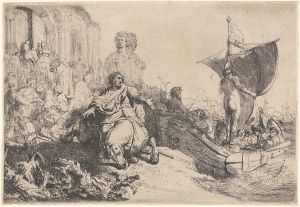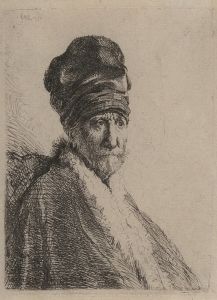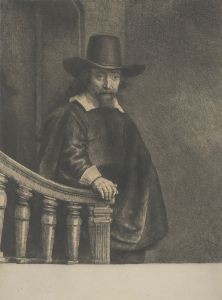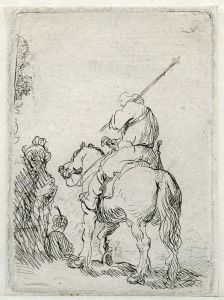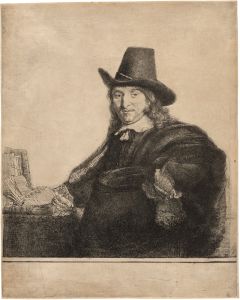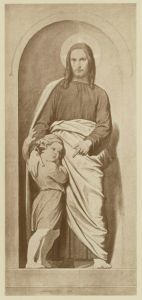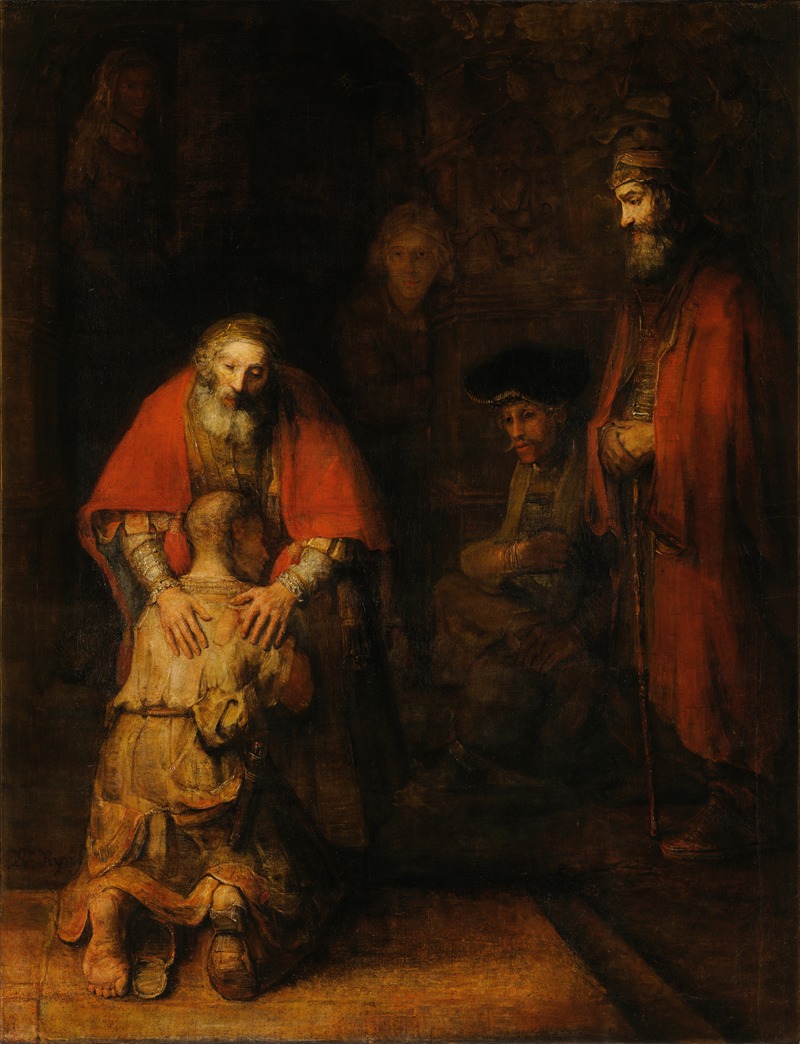
Return of the Prodigal Son
A hand-painted replica of Rembrandt van Rijn’s masterpiece Return of the Prodigal Son, meticulously crafted by professional artists to capture the true essence of the original. Each piece is created with museum-quality canvas and rare mineral pigments, carefully painted by experienced artists with delicate brushstrokes and rich, layered colors to perfectly recreate the texture of the original artwork. Unlike machine-printed reproductions, this hand-painted version brings the painting to life, infused with the artist’s emotions and skill in every stroke. Whether for personal collection or home decoration, it instantly elevates the artistic atmosphere of any space.
"Return of the Prodigal Son" is a renowned painting by the Dutch artist Rembrandt van Rijn. It is widely considered one of his masterpieces and a profound example of his later work. The painting is believed to have been completed around 1668–1669, near the end of Rembrandt's life. It is an oil painting on canvas and measures approximately 262 cm × 205 cm (103 in × 81 in). The artwork is currently housed in the Hermitage Museum in Saint Petersburg, Russia.
The painting depicts a scene from the biblical parable of the prodigal son, as recounted in the Gospel of Luke (Luke 15:11–32). In the story, a younger son demands his inheritance from his father, leaves home, and squanders his wealth in reckless living. After falling into poverty and despair, he returns to his father, who forgives him and welcomes him back with open arms. The parable is often interpreted as a representation of divine mercy and forgiveness.
Rembrandt's interpretation of this story focuses on the emotional and spiritual aspects of the reunion between the father and the son. The composition centers on the kneeling figure of the prodigal son, whose tattered clothing and shaved head emphasize his destitution and repentance. The father, standing above him, places his hands on the son's shoulders in a gesture of forgiveness and compassion. The father's face is marked by age and sorrow, reflecting both his suffering during his son's absence and his joy at the reunion.
The painting is notable for its use of light and shadow, a hallmark of Rembrandt's style. The warm, golden light illuminates the central figures, drawing attention to the emotional core of the scene. The surrounding figures, including the elder brother and other onlookers, are rendered in darker tones, creating a sense of depth and emphasizing the intimate connection between the father and the prodigal son.
Art historians have praised "Return of the Prodigal Son" for its psychological depth and spiritual resonance. The painting is often seen as a reflection of Rembrandt's own life experiences, including personal losses and financial difficulties, though such interpretations remain speculative. What is certain is that the work exemplifies Rembrandt's mastery of portraiture and his ability to convey complex human emotions.
"Return of the Prodigal Son" continues to be celebrated as one of the greatest works of Western art, admired for its profound humanity and timeless message of forgiveness and redemption.





